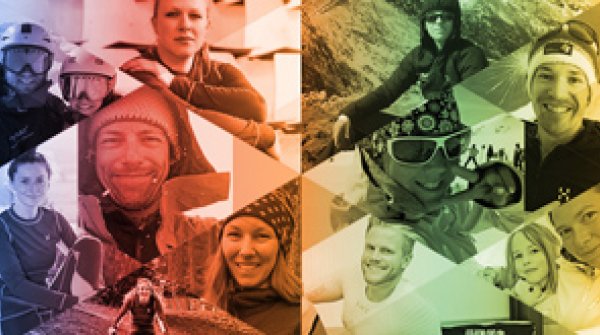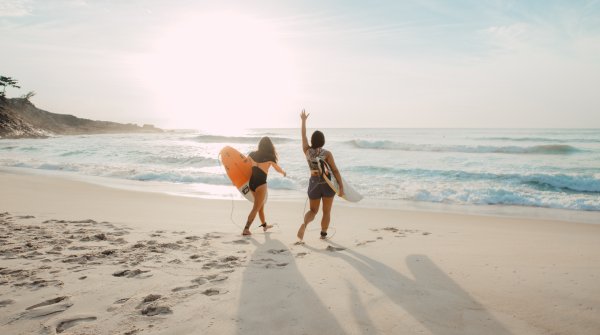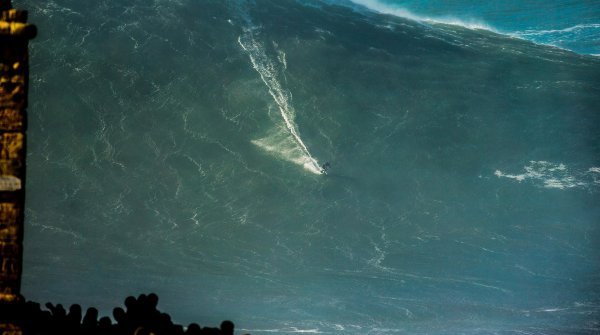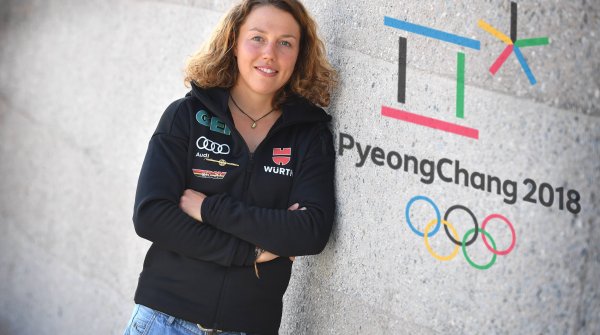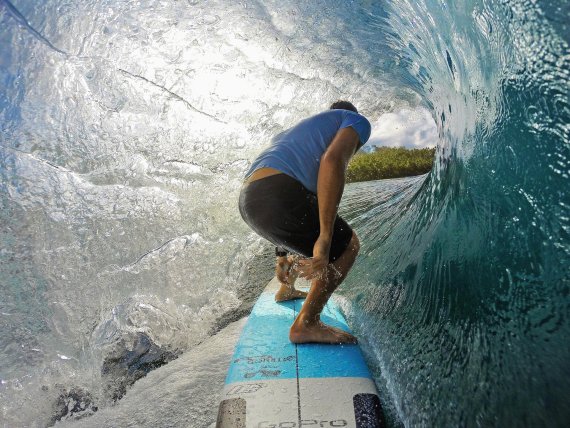
Your birthplace Nuremberg is not exactly a Mecca for watersports. How did you decide to become a professional surfer?
Sebastian Steudtner: Water has always been my passion since I was a child. I loved to swim and dive. When I was nine, I rode a wave for the first time during a family vacation in the Bretagne and I knew then that I wanted to become a surfer. I inhaled everything that was related to surfing and became a huge fan of the prime time series “Against The Wind” with Ralf Bauer and Hardy Krüger junior.
Those two trained like crazy to become pros. And you wanted to quit school when you were 13 years old and move to Hawaii. I am sure your parents were really thrilled.
Sebastian Steudtner: Well, I had to work on them for three more years until they finally let me go. Nobody really took me seriously at the time. Neither my sister, my friends, nor my teachers – all just smiled indulgently at me.
But you didn’t stray from the course, learned quickly and eventually held your own amongst the surf legends on Maui.
True. It only took a few months and I was able to perform huge jumps across the waves. Despite it all, I stopped windsurfing a year later. On the north coast of Maui I saw the world’s largest waves: an amazing natural phenomenon that simply drew me in. And then I met the big wave surfer Nelson Armitage, who brought me into his family and trained me. Together with his son Nelson Boy I surfed my first over ten-meter-high wave in 2004.
Building swimming pools on Hawaii
How did you make a living?
Sebastian Steudtner: Until 2009 my primary job was building swimming pools on Hawaii.
... and in 2010 you became the first European to win the Billabong XXL Award in the category “Biggest Wave” – a remarkable success.
True, since then I’ve quit my construction job. The Billabong Award is like an Oscar for surfing and gained me a lot of popularity. Until then surfing was not really a big draw in Europe and had no lobby, contrary to the USA and Australia. Yet there are some of the world’s largest waves in France, Ireland and Portugal. There is enormous potential here.
Word spread throughout the scene. These days the Hawaiians fly to Nazaré in Portugal to ride the big waves.
Nazaré has become a recognized part of the Big Wave scene. I would love to reach a new world record there next winter and surf a 24-plus-meter-high wave.
How important are records for you?
I don’t really care about winning prizes or breaking records. Even a two-meter-high wave can be great. Even when I’ve reached everything I wanted to accomplish, there are still new waves out there I want to ride. I want to know whether I can do it, that’s what it is all about.
How important is the thrill to you? Riding monster waves is a dance with death: the immense forces of the breaking waves could pull you deep under water or smash you against the rocks.
I have a different outlook on this. I am not an adrenaline junkie. All my life I’ve prepared for this and slowly but surely worked my way towards these wave heights. I am a top professional athlete and train seven hours per day. Just like an alpine ski racer I focus on endurance: before the start of the season the most important issue is to recharge the batteries and then maintain them during the season. These waves generate speeds of about 70 kilometers an hour. To surf one of these waves feels like you are on a snowboard being pursued by an avalanche.
Concentration, no fear
Aren’t you afraid that the immense force of the tons of water will smash on top of you?
I am much too focused: when I surf I not only concentrate on my line. It is critical to be at peace with yourself and prepared for anything. You have to have worked for this in advance and become a master in minimizing risk. You have to be able to depend one hundred percent on your team, and retain the right level of respect for the waves and nature. If you don’t take it seriously enough you are lost.
And if something does happen?
I’ve trained for many years to learn how not to panic under water. I’ve worked with the German Aerospace Center and the Navy. My physician, who is always with me, is able to transform any boat into an infirmary within as little as ten minutes. He can revive me, perform emergency surgery, everything. So far I’ve only suffered a few harmless injuries.
How does it feel to be swallowed by a wave?
It’s like being caught in the spin cycle of a washing machine. You don’t know whether you are up or down and how long it will take until you can get your next breath. I can hold my breath for five minutes and 45 seconds before I lose consciousness, I’ve systematically trained myself. When a wave gets me, I roll myself into a ball to avoid having my arms and legs ripped off.
Tow-In Surfing
The tow-in technique is used in big wave surfing. The surfer is pulled onto the wave with the help of a jetski or helicopter. It is not possible to manually paddle up into these types of waves; big waves can reach speed of up to 70 kilometers per hour and are simply too steep.
Once on the wave the surfer releases the towline and rides the wave. Waterman Laird Hamilton is considered one of the inventors of tow-in surfing. Nazaré in Portugal recently experienced a number of big wave surfing records. The world’s highest waves are generated off the coast of the fishing village, whenever the North Atlantic becomes active with severe winter storms.
As recently as in 2013 the Hawaiian surfer Garrett McNamara and Carlos Burle from Brazil rode 30-meter-high walls of water at the Portuguese hotspot.
- ISPO awards
- Mountain sports
- Bike
- Design
- Retail
- Fitness
- Health
- ISPO Job Market
- ISPO Munich
- ISPO Shanghai
- Running
- Brands
- Sustainability
- Olympia
- OutDoor
- Promotion
- Sports Business
- ISPO Textrends
- Triathlon
- Water sports
- Winter sports
- eSports
- SportsTech
- OutDoor by ISPO
- Heroes
- Transformation
- Sport Fashion
- Urban Culture
- Challenges of a CEO
- Trade fairs
- Sports
- Find the Balance
- Product reviews
- Newsletter Exclusive Area
- Magazine

